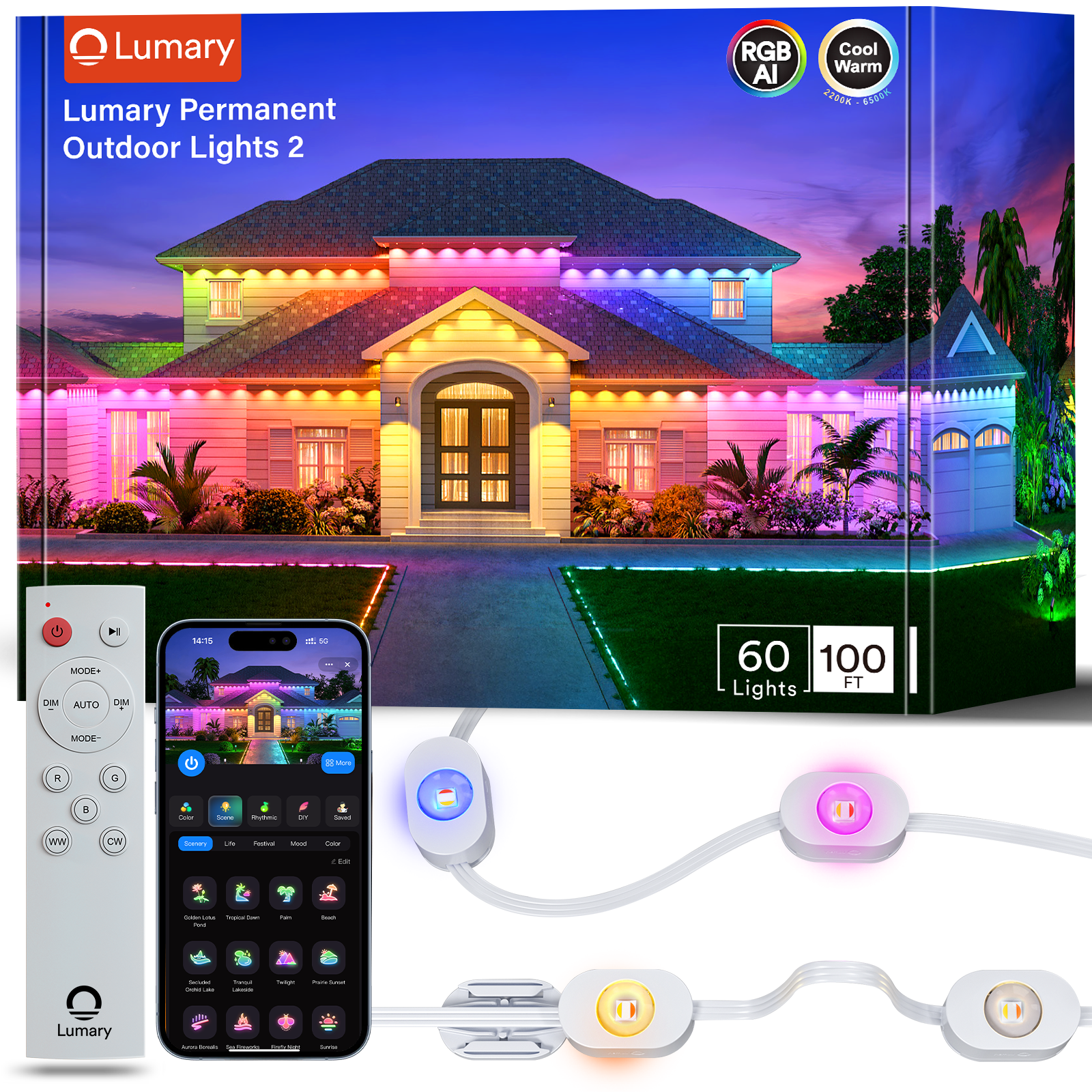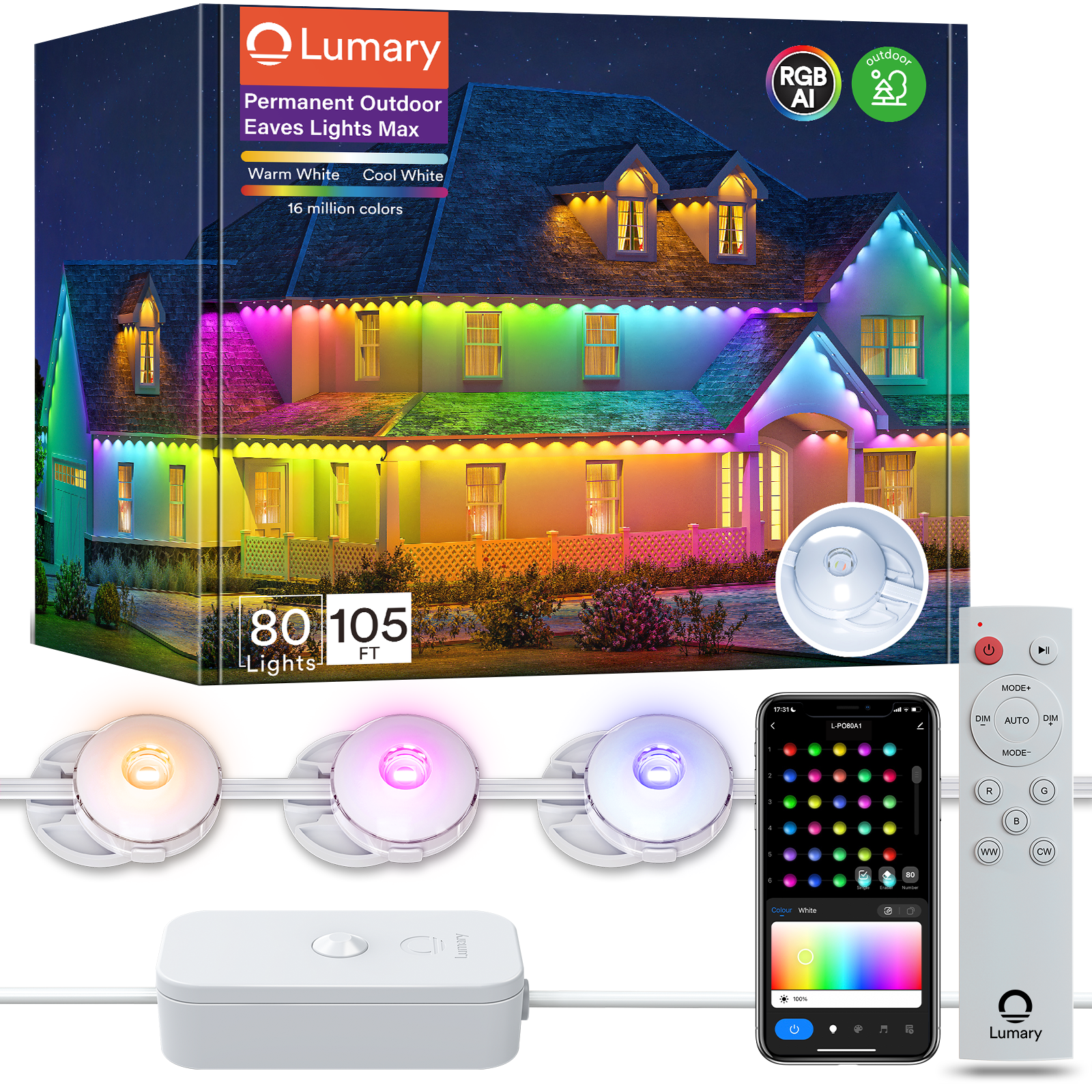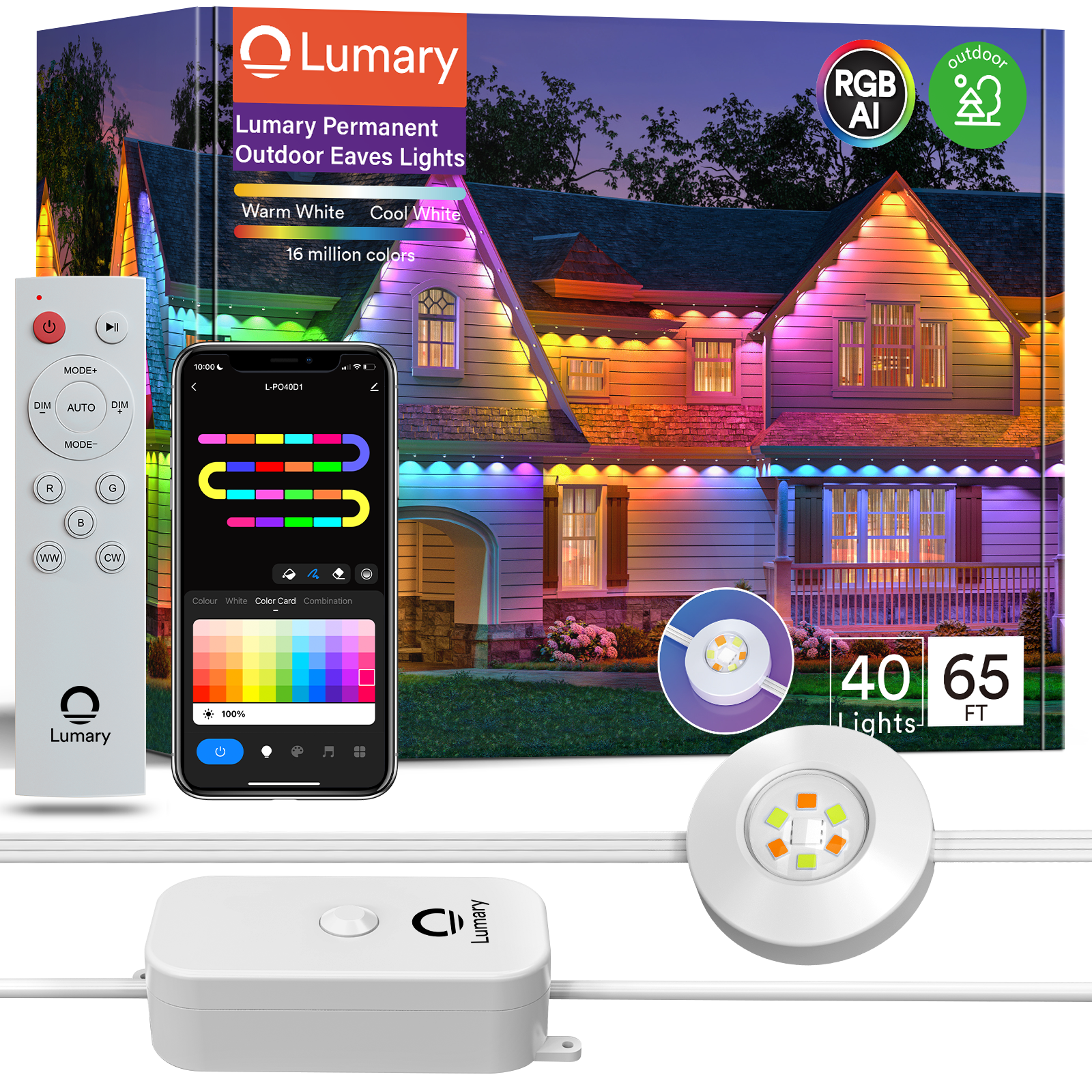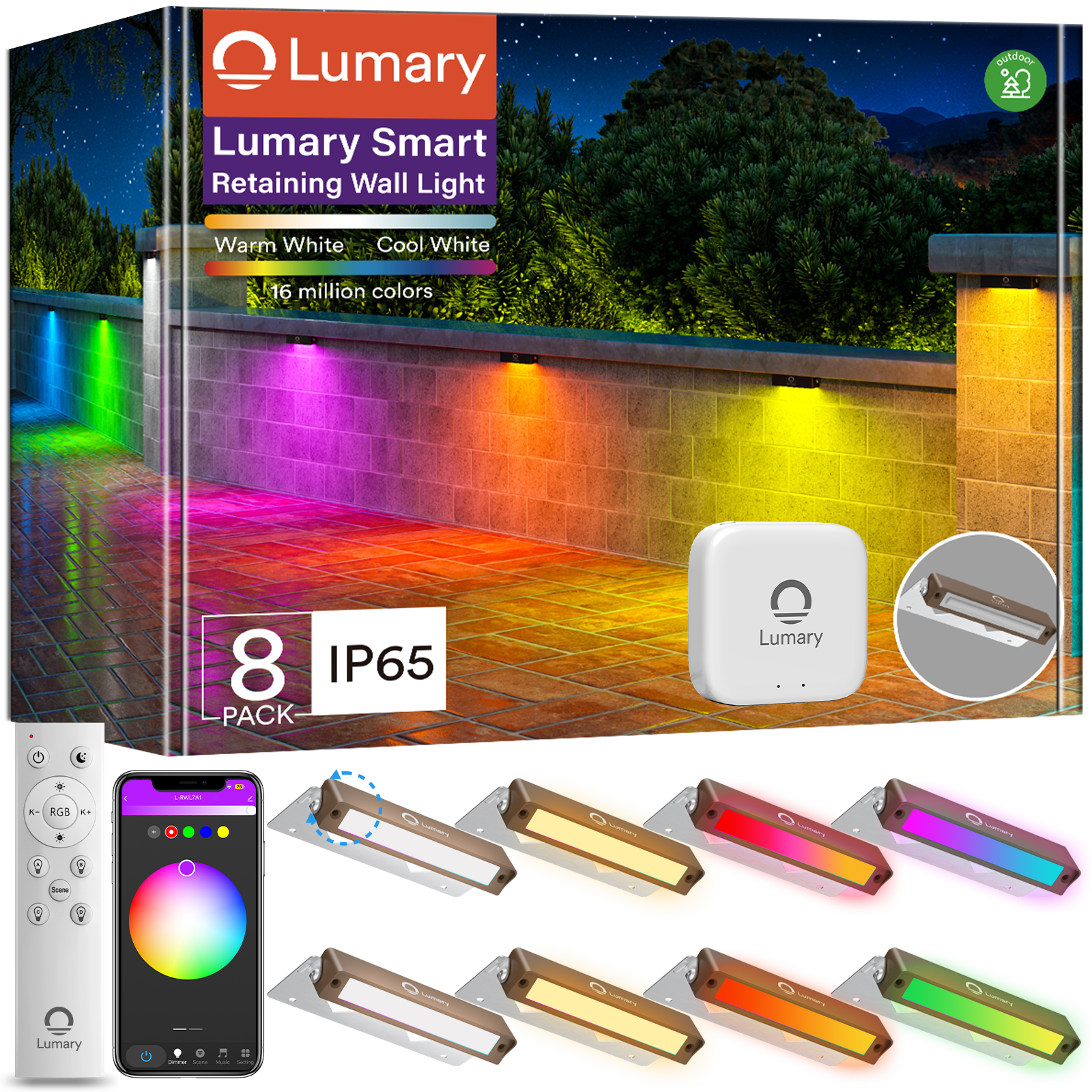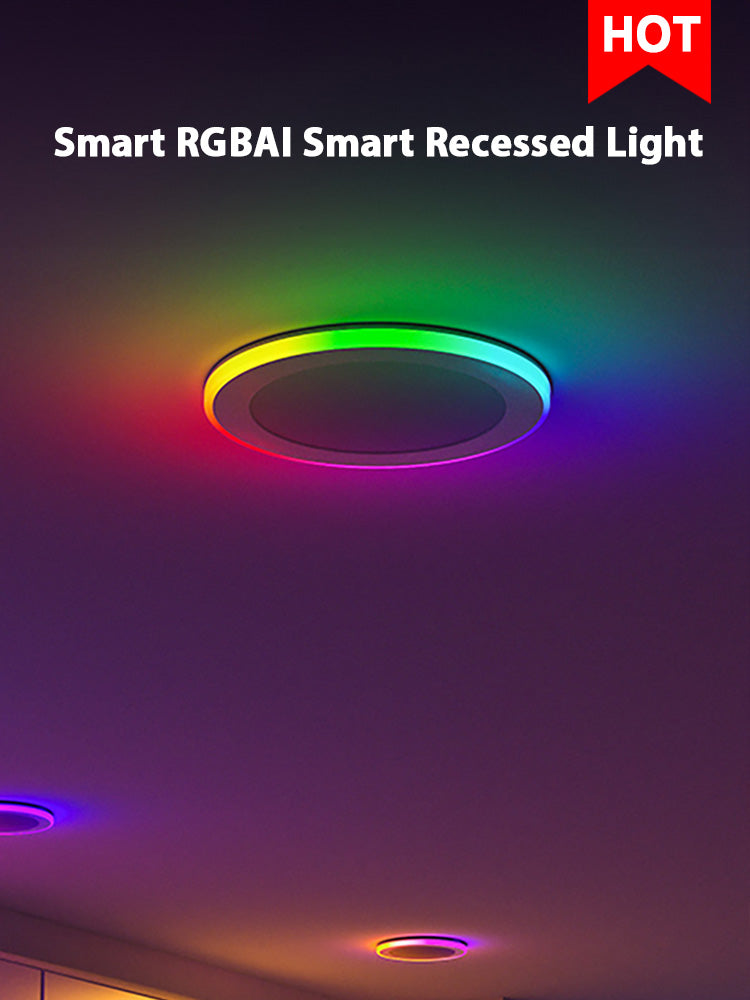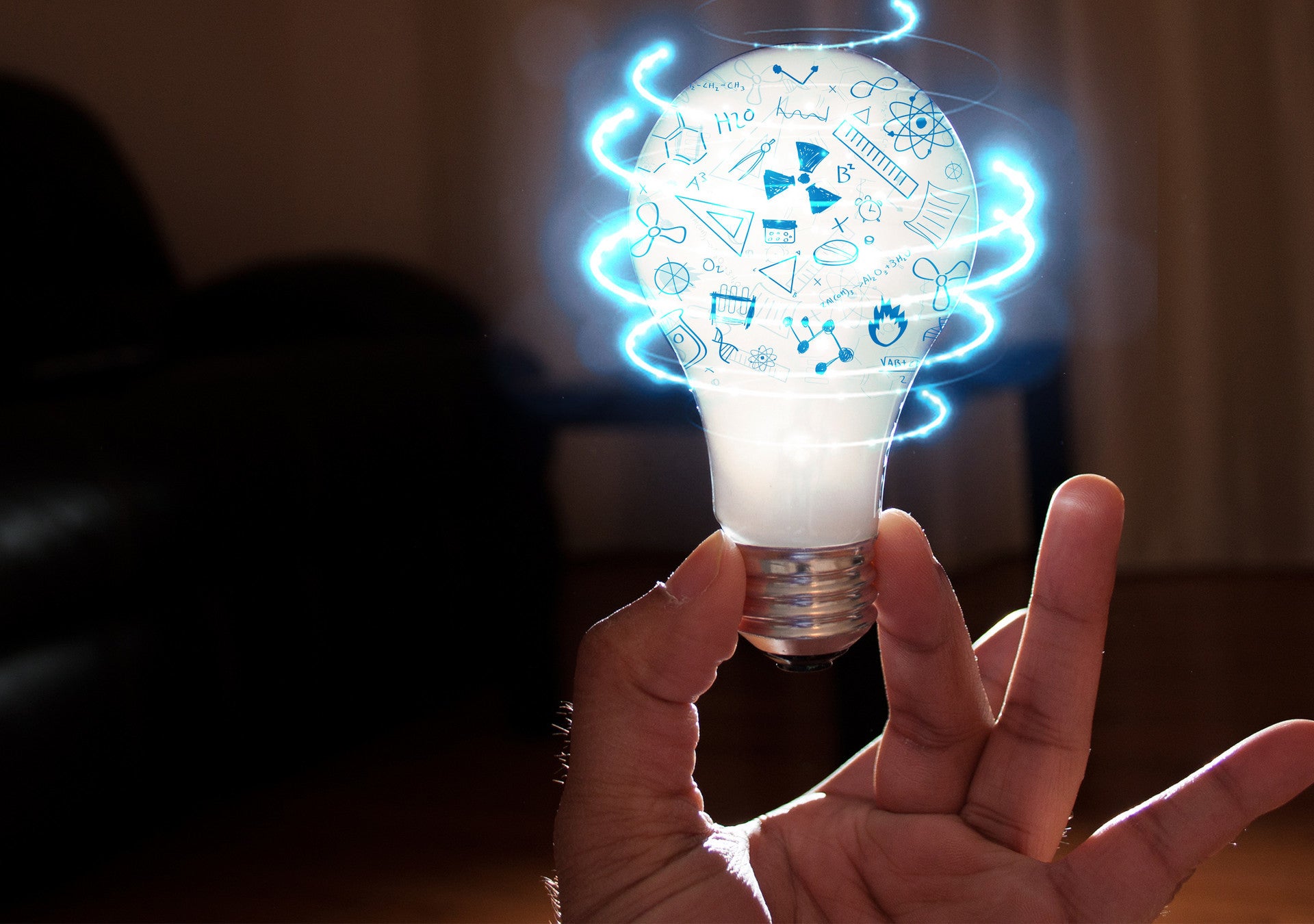Driven by modern technology, intelligent lighting has become an important trend in lighting solutions for homes and businesses. As part of the smart lighting brand Lumary, we understand the history and future importance of smart lighting. In this blog, we'll take you through the history of smart lighting and explore its potential and importance in the future.
Development history of intelligent lighting
Early stage
The history of smart lighting dates back to the invention of electric lamps. Edison's light bulbs changed the world at the end of the 19th century, but they started out as basic lighting devices without much intelligence. Over time, we started to see some basic timer and dimming features emerge, but this is still only individual applications.
Digital revolution
With the development of computer technology, intelligent lighting has entered a new era. By integrating microprocessors and sensors, lamps can begin to sense their surroundings and make intelligent decisions. This means that lighting can be automatically controlled based on factors such as time of day, light intensity, and movement, improving energy efficiency.
Rise of the Internet
The popularity of the Internet has made smart lighting more powerful. Now, users can remotely control their light fixtures through a smartphone app or cloud connection, no matter where they are. This connectivity provides users with more control and has also prompted continuous innovation in smart lighting technology.
Artificial intelligence and automation
With the maturity of artificial intelligence technology, intelligent lighting is no longer just about responding to sensors and user commands. It learns the user's preferences and automatically adjusts lighting Settings to provide the best comfort and energy savings. This automation makes smart lighting smarter and more convenient.
The future of smart lighting
Energy efficiency
With the growing importance of sustainability, smart lighting will continue to play a key role in the future. By optimizing lighting systems, we can significantly reduce energy consumption and reduce our carbon footprint. Smart sensors and automated controls will ensure that lighting is automatically turned off when it is not needed, thereby reducing energy waste.
User experience
Smart lighting not only provides greater energy efficiency, but also improves the user experience. Users can customize lighting Settings according to different scenes and moods. From warm, warm colors to crisp, cool colors, from reading mode to party mode, everything can be adjusted to the needs of the user.
Safety and health
Smart lighting can also improve safety and health. It mimics daylight to help adjust people's body clocks and improve sleep quality. In addition, smart lighting can enhance the security of homes and business premises, reducing the risk of potential intruders by simulating the lighting people have when they are at home.
Peroration
Intelligent lighting has gone through a long development process, from the earliest light bulbs to today's intelligent and automated systems. Not only does it improve energy efficiency, it also improves the user experience and enhances safety and health. In the future, smart lighting will continue to play a key role in bringing positive change to our lives and the environment. Lumary will continue to innovate and drive the development of smart lighting technology to meet the needs of the future and make our world brighter, smarter and more sustainable. If you have any questions or needs about smart lighting, please feel free to contact us and we will be happy to provide you with support and solutions.


